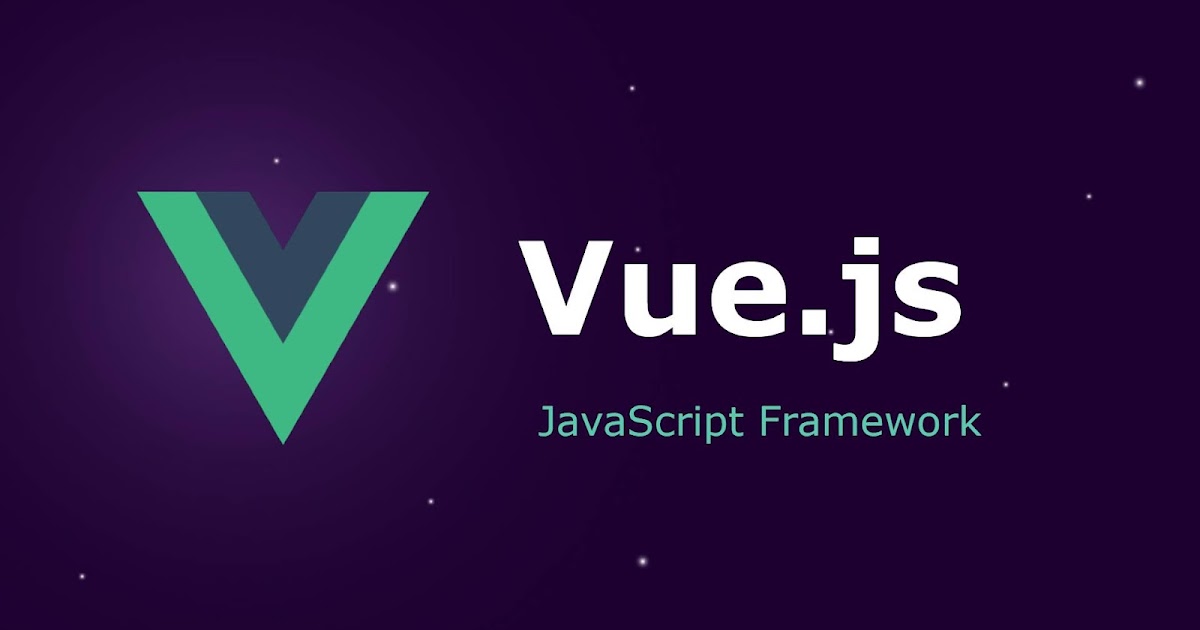
Vue.js: Comprehensive Overview
Vue.js: Comprehensive Overview
Key Takeaway: Vue.js’s progressive design, gentle learning curve, and flexible ecosystem empower agencies to build interactive, performant, and maintainable user interfaces—ranging from small widgets to large single-page applications—while minimizing boilerplate.
Introduction
Vue.js is an open-source JavaScript framework for building reactive user interfaces and single-page applications. Created by Evan You in 2014 after extracting AngularJS’s most appealing features into a lightweight core, Vue emphasizes declarative rendering and component composition. Its core focuses solely on the view layer; advanced functionality—routing, state management, build tooling—is provided by officially maintained libraries like Vue Router and Pinia[Vue.js Wikipedia].
History and Creator
- Creator: Evan You, former Google engineer
- Origin (July 2013): Initial commit under the name “Seed,” inspired by AngularJS but redesigned for simplicity[Vue.js Wikipedia].
- Public Launch (February 2014): First announced on Evan’s blog, quickly gaining traction for its approachable API.
- Growth Milestones:
- Vuex Introduced (2015): Official state management library.
- Vue 2.0 (September 2016): Virtual-DOM rewrite, improved performance, simplified API.
- Pinia Recommended (2022): Official replacement for Vuex, lighter and modular.
- Vue 3.0 (September 2020): Composition API, improved TypeScript support, size reduction via tree-shaking.
- Vue 3.5 (September 2024): Ongoing refinements, enhanced reactivity, performance tweaks[Vue.js Wikipedia].
Benefits
- Progressive Adoption: Core library for simple integration; adopt additional features as needed via Vue Router and Pinia without framework lock-in[Vue.js Wikipedia].
- Declarative & Component-Based: Intuitive HTML-based templates bind data to the DOM; encapsulate logic, styles, and markup in self-contained Single-File Components (SFCs) for clarity and reuse[Vue.js Wikipedia].
- Reactivity System: Fine-grained change detection tracks dependencies, ensuring only necessary components re-render for minimal DOM manipulation[Vue.js Wikipedia].
- Lightweight & Performant: Small runtime (~20KB gzipped) and optimized rendering deliver fast load times and responsive interfaces.
- Flexible Ecosystem: Official tools—Vite for rapid builds, Vue CLI, and Devtools—streamline development; community-maintained plugins cover internationalization, PWA support, and more.
- TypeScript Support: First-class TypeScript integration, especially in Vue 3, enhances code quality and IDE tooling.
- Strong Community: Over 200,000 stars on GitHub, extensive tutorials, and active forums foster rapid onboarding and issue resolution.
Drawbacks
- Ecosystem Fragmentation: Multiple state management options (Vuex, Pinia, VueUse) can confuse newcomers deciding on best practices.
- Library Maturity Variance: Some third-party plugins lack robust maintenance; vetting is essential before production use.
- Tooling Overhead for SPAs: Setting up SSR (via Nuxt.js) or complex build pipelines adds configuration, potentially outweighing benefits for small projects.
- Learning Curve for Advanced Patterns: Composition API, reactive refs, and provide/inject patterns require deeper conceptual understanding than simpler Options API code.
- Smaller Enterprise Adoption: Compared to React or Angular, Vue sees less enterprise usage in North America, possibly affecting hiring and long-term support in certain regions.
Use Cases
| Category | Description |
|---|---|
| Embedded Widgets & Micro-Interactions | Lightweight Vue components enhance existing pages—e.g., live search bars, rating stars—by mounting on single DOM elements without full SPA setup. |
| Single-Page Applications (SPAs) | Robust routing (Vue Router), state management (Pinia), and code splitting deliver dynamic dashboards, admin panels, and collaboration tools. |
| Prototyping & MVPs | Rapid scaffold via Vue CLI or Vite accelerates proof-of-concepts with hot module replacement and minimal configuration. |
| Progressive Web Apps (PWAs) | Leverage @vue/cli PWA plugin for offline support, caching strategies, and app manifest generation for mobile-like experiences. |
| Component Libraries & Design Systems | Build reusable UI kits and documentation sites with Storybook integration, ensuring consistent branding across client projects. |
| Server-Side Rendering (SSR) | Use Nuxt.js for SEO-friendly, pre-rendered pages with automatic code splitting and hybrid static/dynamic content mixing. |
| Mobile Hybrid Apps | Integrate with frameworks like Ionic Vue or NativeScript-Vue for cross-platform mobile apps sharing core UI logic with web code. |
| Data Visualization | Combine Vue with D3.js or ECharts to craft interactive charts and analytics dashboards, updating visuals reactively based on streaming data. |
Conclusion
Vue.js strikes a compelling balance between simplicity and power, enabling fast iteration on interactive UIs while offering a clear upgrade path for complexity via its ecosystem. Agencies can leverage Vue’s progressive adoption to incrementally modernize client interfaces, deliver SEO-friendly SPAs, or prototype MVPs with minimal friction. By pairing Vue with complementary tools—Nuxt.js for SSR, Pinia for state, and Vite for builds—teams achieve performant, maintainable, and future-proof applications that delight users and accelerate project timelines.